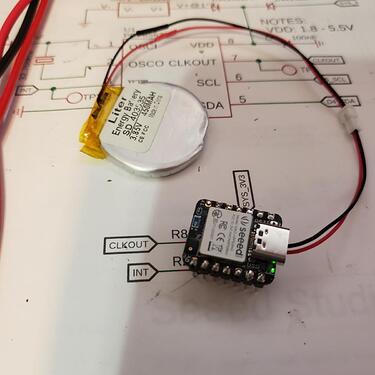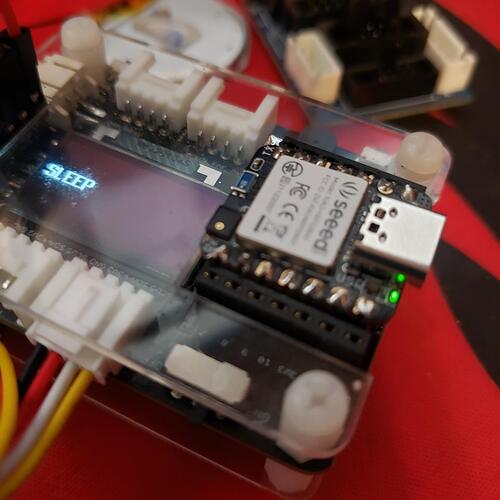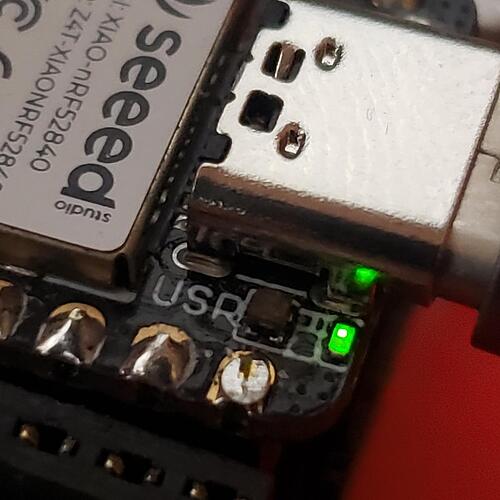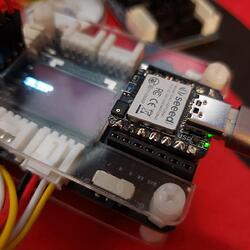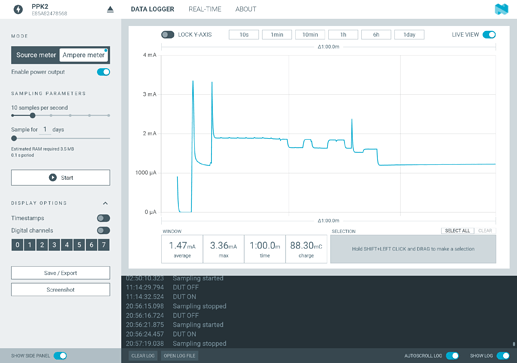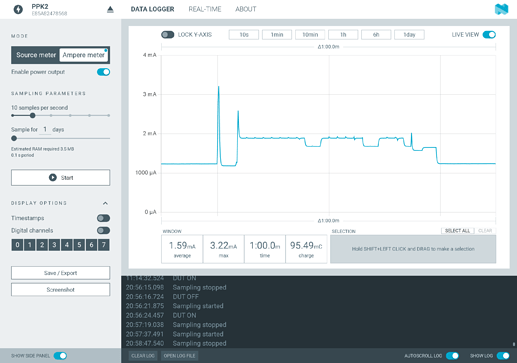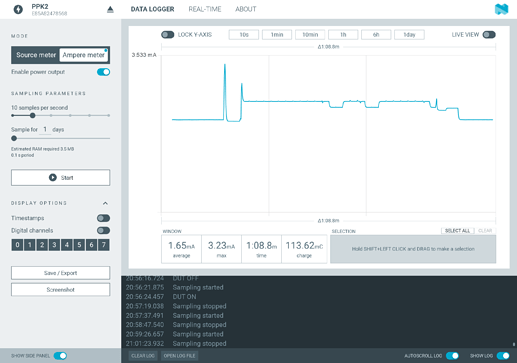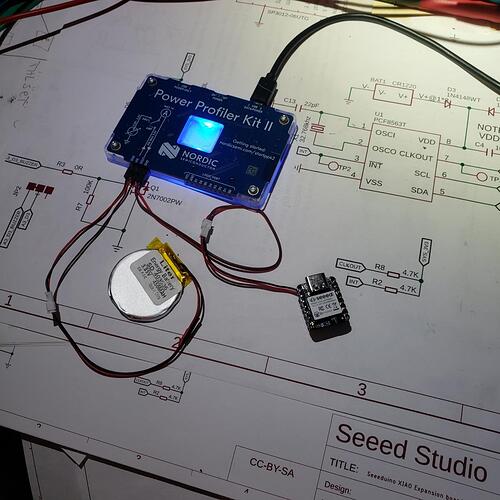Anyone know why in “deep sleep” and running the code above why is the Charge LED lit?
TIA…When it’s “asleep” ![]()
Here are the PPKII graphs for the code above running You can see the Power ON, waiting for a double tap, Three Taps & then SLeep.
HTH
GL ![]()
this thing is GREAT!
Highly recommend the $Hondo ![]() … My code on my prototype has gone from 6hrs
… My code on my prototype has gone from 6hrs ![]() , as-is on an 450 Mah 3.85 Vdc battery with some adjustments went to 11 hrs,
, as-is on an 450 Mah 3.85 Vdc battery with some adjustments went to 11 hrs, ![]() I was happy …Now 72 hrs.
I was happy …Now 72 hrs. ![]() with allot more to go…
with allot more to go…
